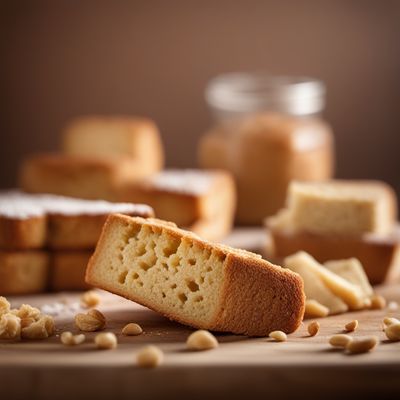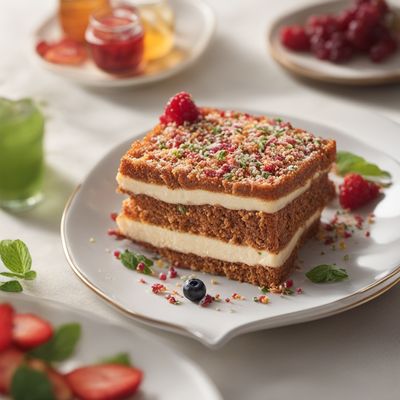
Ingredient
Rusk, wholemeal
Wholesome Crunch: Unveiling the Nutritional Power of Wholemeal Rusks
Wholemeal rusks are dry, twice-baked bread slices made from whole wheat flour. They have a firm and crunchy texture, with a golden-brown color. These rusks are known for their nutty and slightly sweet flavor, making them a delightful addition to both sweet and savory recipes. Their dryness allows them to absorb flavors and liquids without becoming soggy, making them a popular choice for dunking in beverages or using as a base for toppings and spreads.
Origins and history
Wholemeal rusks have a rich history that dates back to ancient times. The concept of rusks originated in ancient Rome, where they were known as "paximadi." These hard, dry bread slices were created as a way to preserve bread and make it more portable for soldiers and travelers. Over time, rusks became popular in various cultures, including Greece, Italy, and Spain. In the Mediterranean region, they are often enjoyed with olive oil, cheese, or dips. Today, wholemeal rusks are enjoyed worldwide for their versatility and nutritional benefits.
Nutritional information
Wholemeal rusks are a great source of dietary fiber, providing around 3 grams per serving. They also contain essential minerals like iron and magnesium, as well as B vitamins. With approximately 60-70 calories per rusk, they offer a satisfying and nutritious snack option.
Allergens
Wholemeal rusks may contain gluten, making them unsuitable for individuals with gluten intolerance or celiac disease.
How to select
When selecting wholemeal rusks, look for packages that are tightly sealed to ensure freshness. Check the expiration date to ensure they are within their shelf life. Opt for rusks that have a golden-brown color and a firm texture, avoiding any that appear overly dry or stale.
Storage recommendations
To maintain the freshness and crispness of wholemeal rusks, store them in an airtight container in a cool, dry place. Avoid exposing them to moisture, as it can cause them to become soft and lose their crunch.
How to produce
While it is possible to make wholemeal rusks at home, it requires baking skills and time. Amateur bakers can start by making a wholemeal bread loaf, then slice it and bake the slices at a low temperature until they become dry and crisp.
Preparation tips
Wholemeal rusks can be enjoyed in various ways. They can be eaten as a standalone snack, topped with spreads like nut butter or cream cheese, or used as a base for bruschetta or canapés. They can also be crushed and used as a breadcrumb substitute in recipes. To soften wholemeal rusks, they can be briefly soaked in milk or other liquids before use.
Culinary uses
Wholemeal rusks are commonly used in Mediterranean cuisine, where they are enjoyed with olive oil, cheese, or dips. They can also be used as a crunchy topping for salads or soups, or crumbled and used as a base for cheesecakes or pie crusts.
Availability
Wholemeal rusks are commonly available in grocery stores and supermarkets worldwide, particularly in regions with a Mediterranean influence.


